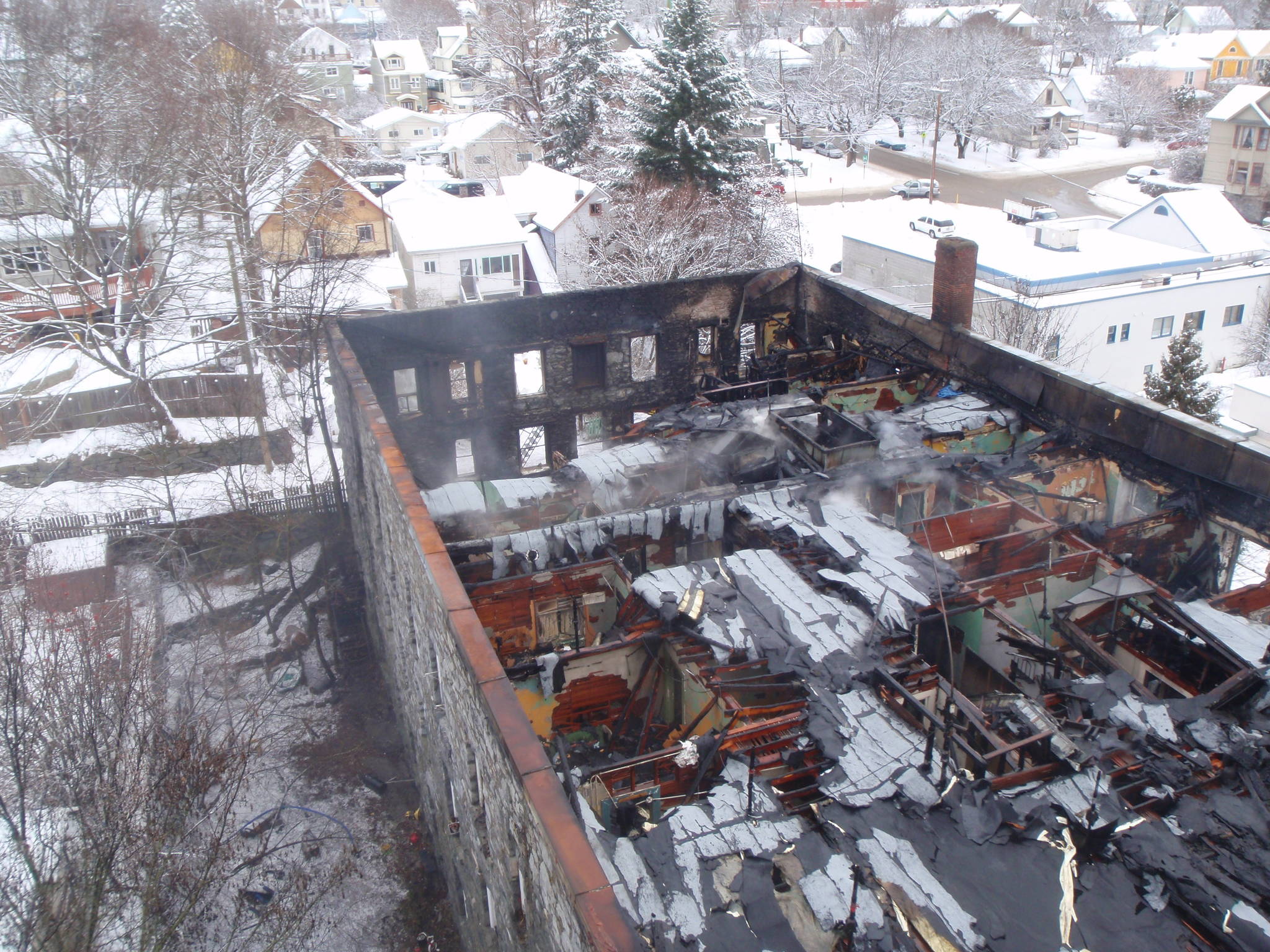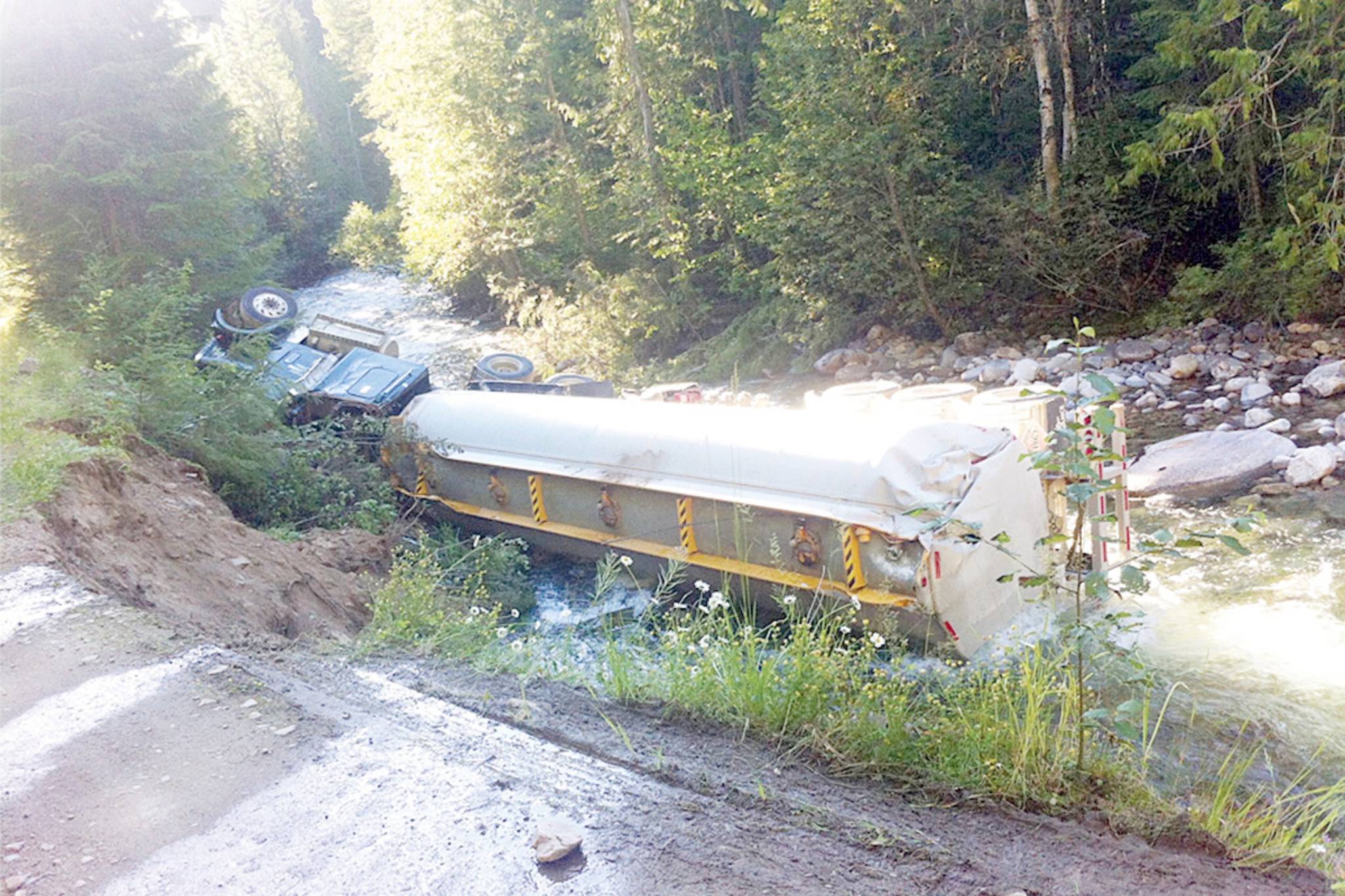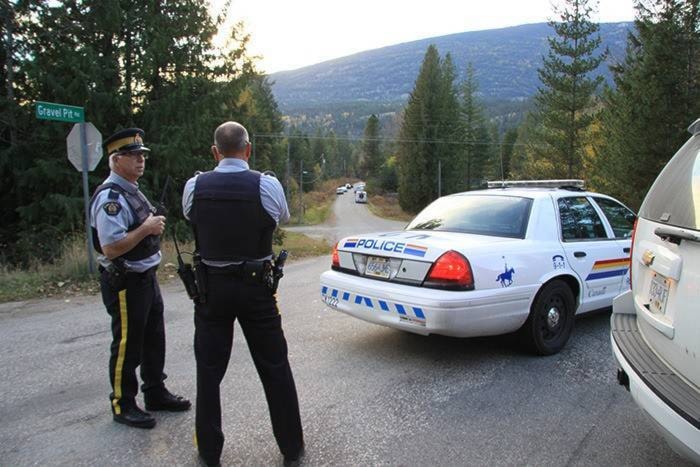Ah, 2010s, we hardly knew ye. But now that 2020 is at hand, here are my picks for the top local news stories of the past decade.
A case could be made that housing, or a lack thereof, was No. 1. The city’s vacancy rate was 1.8 per cent in 2010. It slipped to zero in 2013 and has remained there since, despite several major housing projects. To wit:
Built: Anderson Gardens, a 33-unit complex for those over 55 or with disabilities, which opened in 2013; and Nelson Commons, a 54-unit condo development above the new Kootenay Co-op, completed in 2017.
Underway: Lakeside Place, a 47-unit building on Nelson Avenue for seniors and adults with disabilities, being developed by Nelson CARES; and a 43-unit building at the corner of Front and Hall streets geared toward low-to-moderate income families, also to be operated by Nelson CARES.
Yet to come: The 39-unit SHARE Housing Society project on Falls Street, which has been quietly in the works for the last few years, with an announcement expected in January; and a 127-unit seniors housing complex planned for Vernon Street. However, there has been no update on the latter project in months.
Not built: Nelson Landing, on the former Kootenay Forest Products site; and Kutenai Landing, coming soon since 2005. (The latter site next to the Chahko-Mika Mall was recently rezoned to make it more attractive to developers.)
City council has also taken steps to encourage more laneway housing, discounted utility rates for secondary suites, and regulated the short-term rental market.
• The local housing situation was not helped by the fire at Kerr’s Apartments on Jan. 6, 2011. About 80 mostly low-income people were left homeless.
Sadly, the century-old building was demolished. The site has been vacant ever since, although it has been sold and a sign on the site advertises a proposed 44-unit condo development.
• Climate change is the great problem of our times and not just a Nelson issue. But it was top of mind locally when students staged regular rallies outside of city hall and when we breathed air choked with forest fire smoke.
Evacuation alerts and orders became commonplace due to wildfires that came uncomfortably close to communities (see the Sitkum-Duhamel Creek fire of 2015 and Harrop Creek fire of 2017, among others).
The Shambhala Music Festival was placed on evacuation alert in 2017 and in 2020 the event will be moved to July in a bid to avoid the worst of the fire season.
Although fuel mitigation work is carried out regularly, one wildfire expert warns that Nelson has the highest wildfire risk among B.C. communities with more than 10,000 people.
Fire wasn’t the only thing we had to contend with: flood watches were issued several times, with the worst of it coming in 2012 — when Kootenay Lake hit its highest level since 1974, drowning Lakeside Park and North Shore basements — and 2013, when two homes were damaged near Argenta.
• The Johnsons Landing slide of July 12, 2012 claimed four lives and destroyed five homes and a water system. It cast a pall over the idyllic community, whose property values were slashed up to 50 per cent, even for those not directly affected.
A geotechnical analysis blamed record rainfall and late snowmelt for saturating soils on the slope above the community, triggering the slide. A large unstable area remains near the slide’s source that could come down one day, but there’s no telling when.
• On the political front, the MLA for Nelson-Creston on Jan. 1, 2010 was Michelle Mungall. The MLA on Jan. 1, 2020 will still be Michelle Mungall, now B.C.’s energy minister.
The mayor of Nelson on Jan. 1, 2010 was John Dooley. The mayor on Jan. 1, 2020 will still be John Dooley — although it was not an unbroken streak. Deb Kozak defeated Dooley to become Nelson’s first female mayor in 2014, but Dooley won the rematch in 2018.
• One of the decade’s longest-running sagas began on July 26, 2013 when a tanker truck made a wrong turn onto an unmaintained logging road in the Slocan Valley while delivering fuel for helicopters fighting a forest fire.
The Lemon Creek spill killed fish, forced evacuations, and sparked a wave of litigation that has not yet been resolved. After the provincial government inexplicably passed on laying charges, resident Marilyn Burgoon launched a private prosecution against the company and the province.
Federal prosecutors then took over, staying the original charges, but laying new ones, including counts against the driver, who was convicted but is appealing both the verdict and his sentence. The province was acquitted, and the company won a stay of proceedings. The Crown appealed the latter decision and won, but the company has launched a further appeal to be heard in February. (See story page 29.)
Meanwhile, a class action lawsuit on behalf of all residents affected by the spill continues to wend its way through the courts. Recently the Supreme Court of Canada declined to hear an appeal of a decision limiting the issues that could proceed on a class-wide basis and referred the matter back to the B.C. Supreme Court.
• Another unfortunate Slocan Valley saga: the fatal shooting of Peter de Groot in 2014, following a manhunt of several days. Local residents criticized RCMP for the scale of the response, which they found grossly out of proportion to the events that caused it.
Police held a public debriefing but offered few answers, pointing to an investigation by B.C.’s Independent Investigation Office. When the IIO finally released its report 3½ years later, it cleared police of any wrongdoing (no thanks to Corp. Brian Burke, who actually shot de Groot, refused to co-operate with investigators and is now suing the IIO).
The report didn’t address many aspects of the incident, however, much to the dismay of de Groot’s family. They’re hoping a coroner’s inquest scheduled for Rossland next spring will give them more answers. Until then, they’re holding a lawsuit against the RCMP in abeyance.
• For a while during the green gold rush, we had trouble keeping up with the number of cannabis dispensaries in Nelson. Was it five? Six? Seven? New ones seemed to pop up all the time, as the city granted licenses to what were technically illegal businesses — although police did shut down one and others folded.
Once cannabis was legalized, city council limited recreational dispensaries to five. But only four applied, and only two have since received the green light from the province to open. By contrast, Trail will soon have seven outlets (including a government cannabis store).
• The Nelson aquatic centre and its users took it on the chin this decade.
In 2013, a section of roof tiles dropped from the false ceiling into the pool. It soon became apparent the fix would not be easy, quick, or cheap. The pool was closed for more than six months, a serious drag for swim clubs who regularly used the facility.
It closed again in 2015 for a nearly $5 million renovation that was delayed several times, much to the chagrin of users. It finally reopened 13 months later. The good news was that local taxpayers weren’t on the hook for a loan, thanks to a major federal grant.
• The last decade saw the rebirth of the Civic Theatre.
In 2010, the city declined to renew its lease with the theatre’s longtime private operator and sought other proposals. They got one, but the project stalled after the seats were ripped out and it looked like Nelson would be without a moviehouse.
The Gravity Climbing Centre and local squash club teamed up on a proposal to turn the space into a multi-purpose sports facility. But movie buffs weren’t quite ready to relinquish the space.
Cindy Sherry spearheaded a last-ditch effort to save the theatre, which quickly gained traction. A society was formed and the city agreed to lease them the space. The society installed new seats, bought a digital projector and new sound system, and began operating five days a week.
Their long-term plan is still to be realized: adding two more screens to allow greater flexibility in screenings and ensuring the society’s financial stability.
• The Sinixt First Nation’s efforts to be recognized in Canada took a major step forward with a test case brought by Washington state resident Rick Desautel.
Charged with hunting without a license in B.C., he argued that he and other Sinixt descendents have a right to hunt in their traditional territory, despite being declared extinct in Canada in 1956.
Desautel was acquitted by a provincial court judge in 2017, a decision upheld by the B.C. Supreme Court and B.C. Court of Appeal. The case is bound for the Supreme Court of Canada in 2020.
• One of the biggest crime stories of the decade was a robbery spree in 2013-14. Three credit union branches, a currency exchange, pharmacy, and gas station in Nelson, Castlegar, Salmo, and Robson were all held up at gunpoint.
It ended dramatically on April 25, 2014 following the robbery of the Nelson and District Credit Union. Police chased two suspects to the Bonnington area and arrested Andrew Stevenson after he jumped off a bridge.
Stevenson got 10 years for his crimes – and an additional few months for running away from a sheriff while being led into the Nelson courthouse. Co-accused Krista Kalmikoff was sentenced to 4½ years.
• A story that made waves initially but seems to have been under-reported lately is the decline of kokanee stocks in Kootenay Lake. Historically, the number of spawning kokanee has ranged anywhere from 250,000 to 2.2 million. About 60,000 were counted in 2019 — higher than in recent years, but still disturbingly low.
The decline has been blamed on an abundance of kokanee predators (Gerrard rainbow and bull trout). In response, the government placed a moratorium on kokanee fishing on the main lake, changed regulations on bull trout fishing, planted more eggs in spawning channels, released more fry, and continues to add nurients to support kokanee food.
• The renegotiation of the Columbia River Treaty was an important story in the 2010s, yet we know very little about what has actually taken place behind closed doors between Canada and the U.S.
The veil was pierced slightly at recent public meetings, where audiences learned the talks have not yet hit the hard parts, but sticking points are expected to be ecosystem protection and the amount the U.S. pays Canada for power generated by Columbia River flows.
• The 2010s saw the return of dogs to Baker Street following their banishment in 1995. After a National Post story shamed the city for prohibiting pooches downtown, then-city councillor Deb Kozak tried to have the ban lifted for a trial period, but found no support from her colleagues.
However, at an all-candidates forum in 2014, virtually every candidate indicated they would support relaxing the bylaw. Within two months of being sworn in, the new council overturned the ban.
• When the decade began, Nelson had a daily newspaper, two weeklies, an online source, and three radio stations. It finishes the decade with one weekly newspaper, one online source, and three radio stations.
All part of a changing media landscape with ad revenue for traditional products declining thanks in no small part to certain internet giants. (Looking at you, Google and Facebook.)
The Nelson Daily News folded in 2010 after a run of 108 years. The Express followed in 2011 after 23 years. The Nelson Post existed online from 2010-12.
That left the Nelson Star as the only print publication in town (the Star went twice weekly in 2010, but reverted to weekly last year) and The Nelson Daily as its online competitor.
Greg Nesteroff is the acting editor of the Nelson Star


